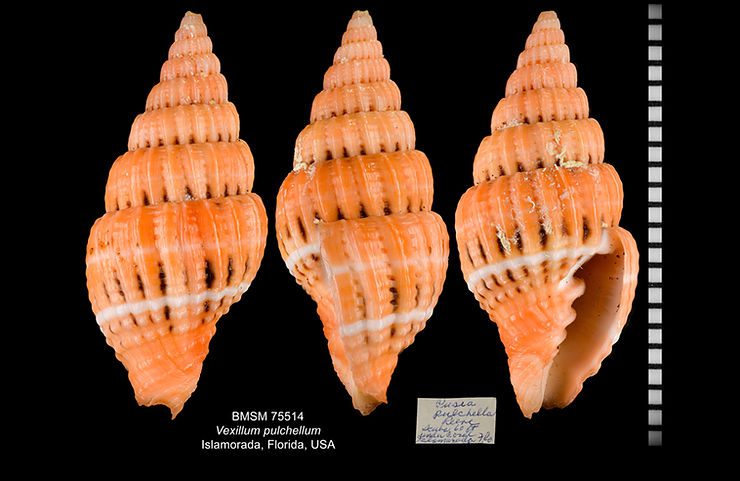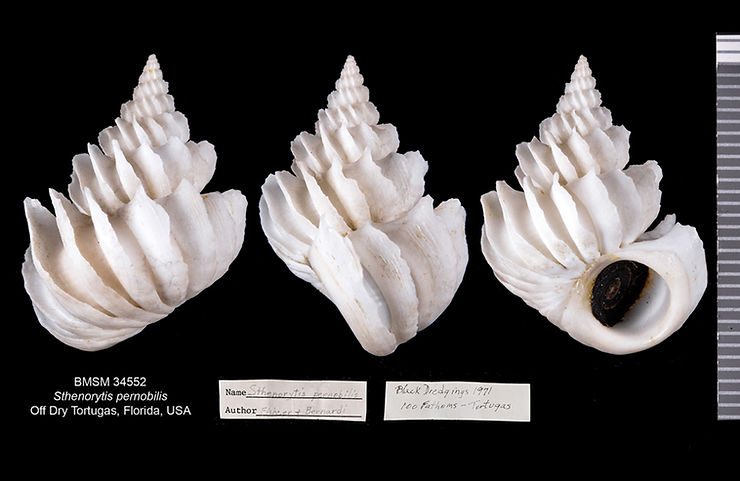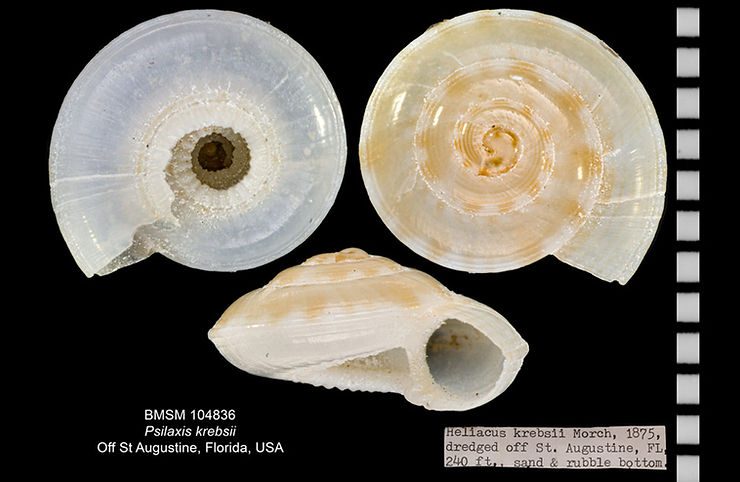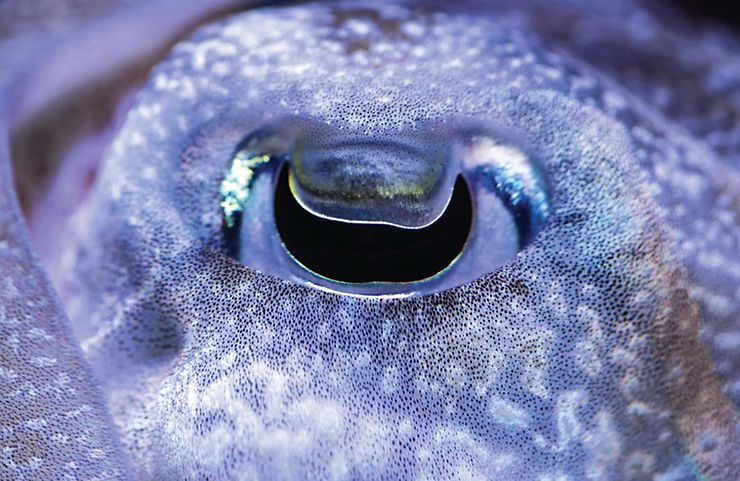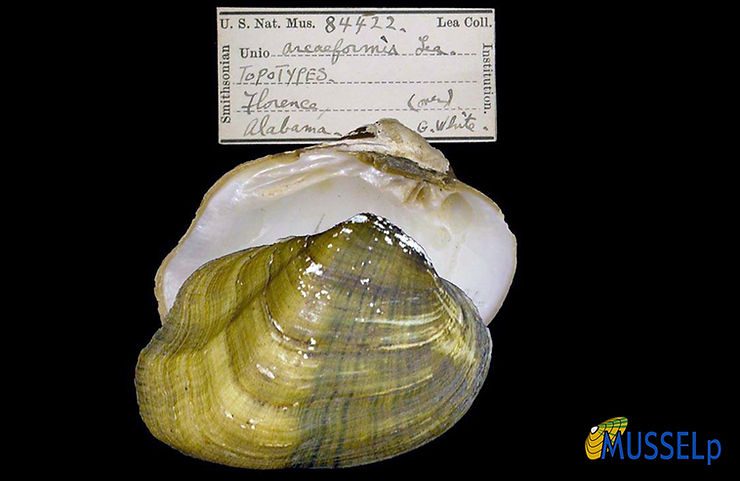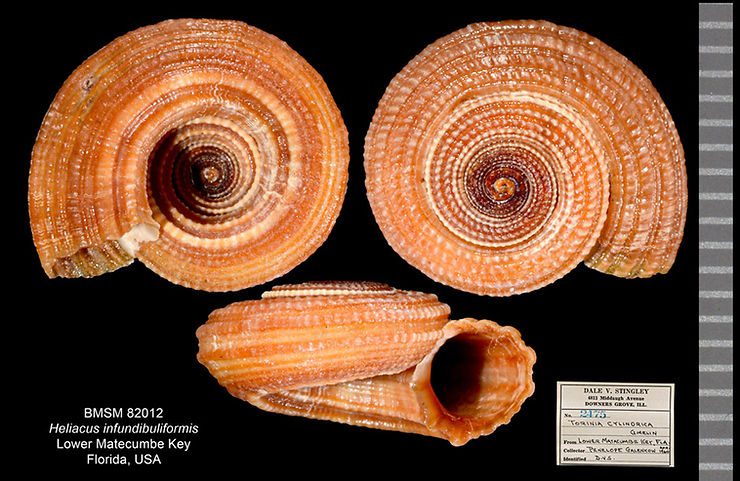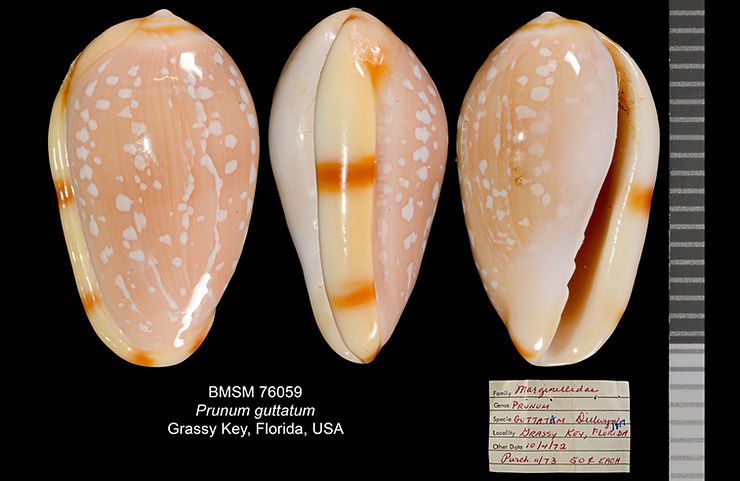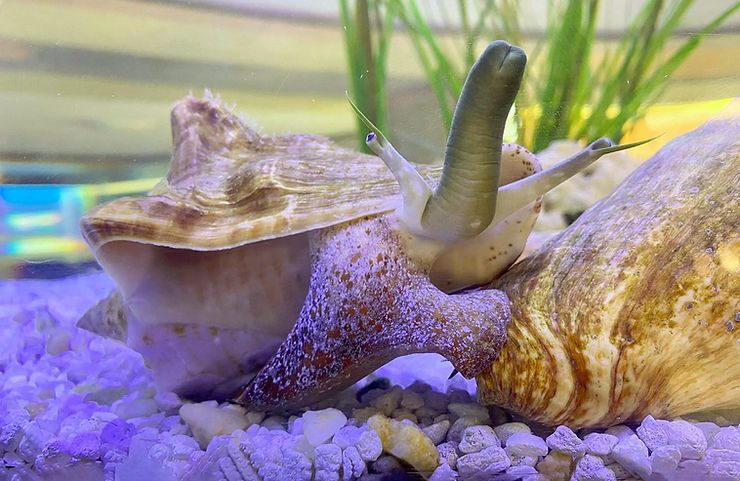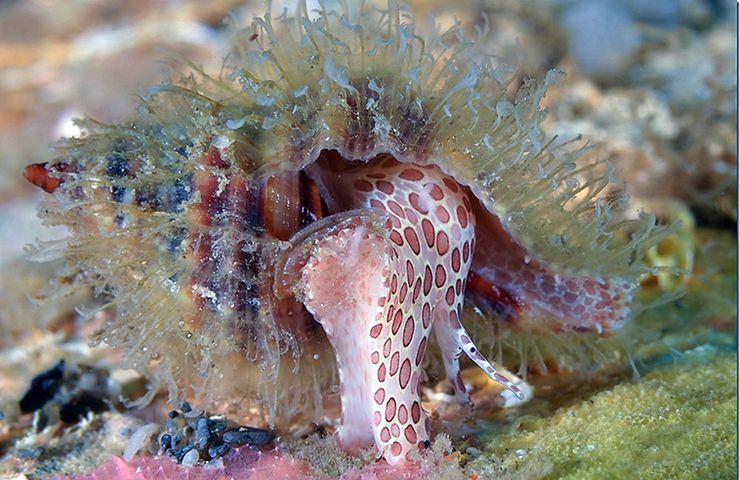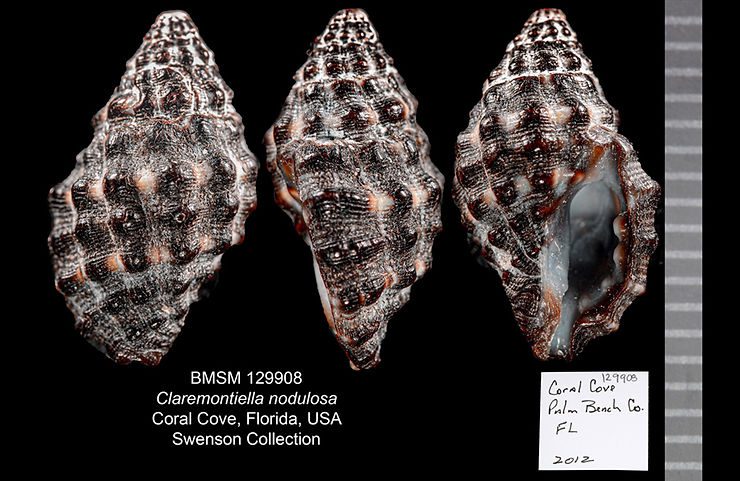
Shell of the Week: The Blackberry Drupe
Claremontiella nodulosa (C.B. Adams, 1845) is a member of the family Muricidae, the same groups that include the local drills and murexes. The Blackberry Drupe shell reaches about 25 mm mm (about one inch), and its surface is entirely covered with round, black beads; the overall effect evokes a drupe, in this case a blackberry. The shell is also very thick shell in relation to its overall size. Notice also the white “teeth” inside the shell aperture. Blackberry Drupes live in shallow water, and
